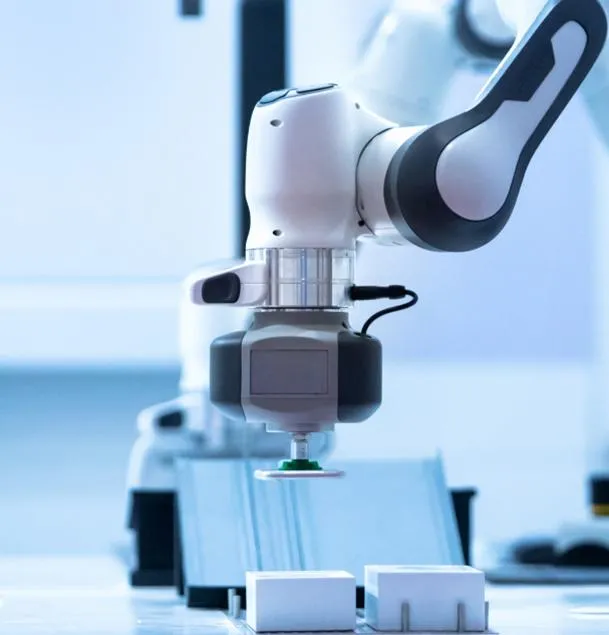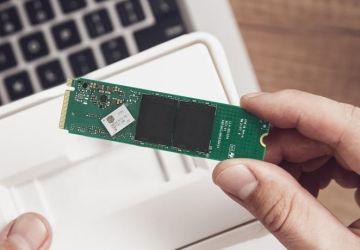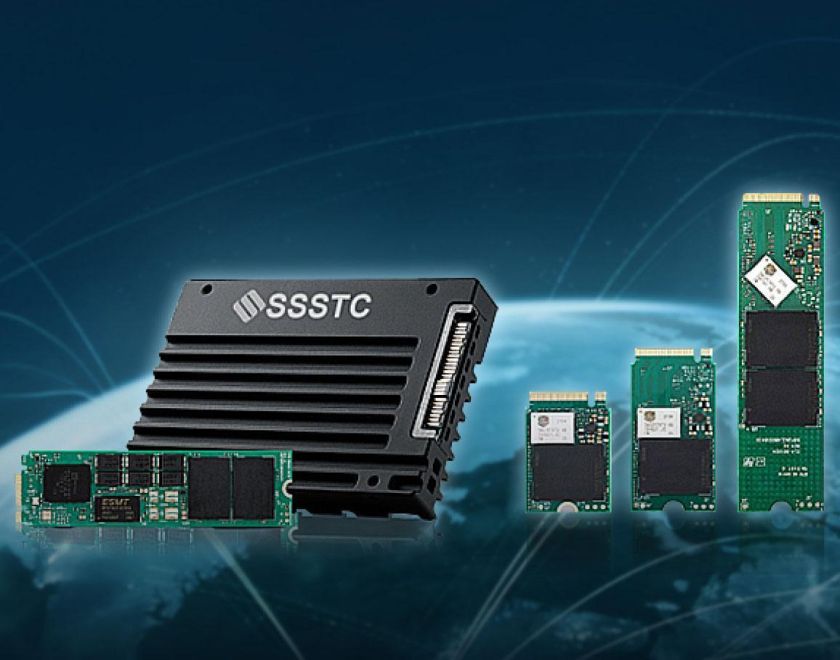Understanding DRAM Cache in SSDs: Boosting Speed, Reliability, and Efficiency
The Crucial Role of DRAM Cache in SSDs
In the rapidly evolving world of data storage, Dynamic Random Access Memory (DRAM) plays a vital role in enhancing the performance and efficiency of Solid-State Drives (SSDs). This article explores the significance of DRAM cache in SSDs, highlighting its impact on speed, reliability, and overall user experience.
DRAM cache is a critical component in modern SSDs, providing a high-speed buffer between the storage controller and the NAND flash memory. By leveraging the DRAM cache, SSDs can significantly enhance their read and write speeds, as well as reduce latency. The presence of DRAM cache enables quick access to frequently accessed data, which improves overall system responsiveness. Additionally, DRAM cache helps mitigate the inherent limitations of NAND flash memory, such as slower write speeds and higher power consumption, making SSDs more efficient and reliable.
The utilization of DRAM cache in SSDs provides several benefits that optimize user experience. Firstly, it accelerates boot times and reduces application launch times by storing frequently accessed system files and software instructions in the fast-access DRAM cache. This enables faster system startups and quicker loading of applications, leading to improved productivity. Moreover, DRAM cache facilitates smoother multitasking, allowing users to seamlessly switch between applications without experiencing significant slowdowns. The ability to cache data in DRAM also helps in handling bursty workloads and delivering consistent performance even under heavy usage scenarios. These advantages make DRAM cache an asset for power users, gamers, and professionals who require high-performance storage solutions.
In terms of reliability, the presence of DRAM cache in SSDs helps prevent data loss during unexpected power outages or system crashes. DRAM caches often employ power-loss protection mechanisms, such as backup capacitors or batteries, ensuring that data residing in the cache is safely flushed to the NAND flash memory during such events. This safeguard prevents data corruption and improves the overall data integrity of the SSD. Furthermore, DRAM cache reduces wear on the NAND flash memory by minimizing the number of write operations directly to the flash cells. By relying on the DRAM cache for temporary storage and aggregating write operations, SSDs can prolong the lifespan of the NAND flash memory, enhancing the longevity and endurance of the drive. Taking ER3 SSD as an example, it integrates advanced DRAM cache technology, further enhancing the product's reliability and performance.
DRAM cache is an integral part of modern SSDs, enabling enhanced performance, efficiency, and reliability. By leveraging high-speed DRAM as a buffer, SSDs can deliver faster read and write speeds, reduce latency, optimize user experience, and mitigate the limitations of NAND flash memory. Incorporating DRAM cache in SSDs empowers users with storage solutions that excel in speed, responsiveness, and data integrity. The ER3 SSD, for instance, is an advanced product that combines these advantages. For further information about ER3 SSD, you can connect to the product link.
SSSTC provides the best quality, competitive cost mainstream storage products with superior customized service.Contact us to find more enterprise SSD or industrial SSD solutions.


__24C05D67dI.webp)
__24C15hqqtC.png)
__24C15wOdCC.png)









__24C05XQ2my.jpg)






__24C05fplcZ.png)
__24C05vgHYC.png)



